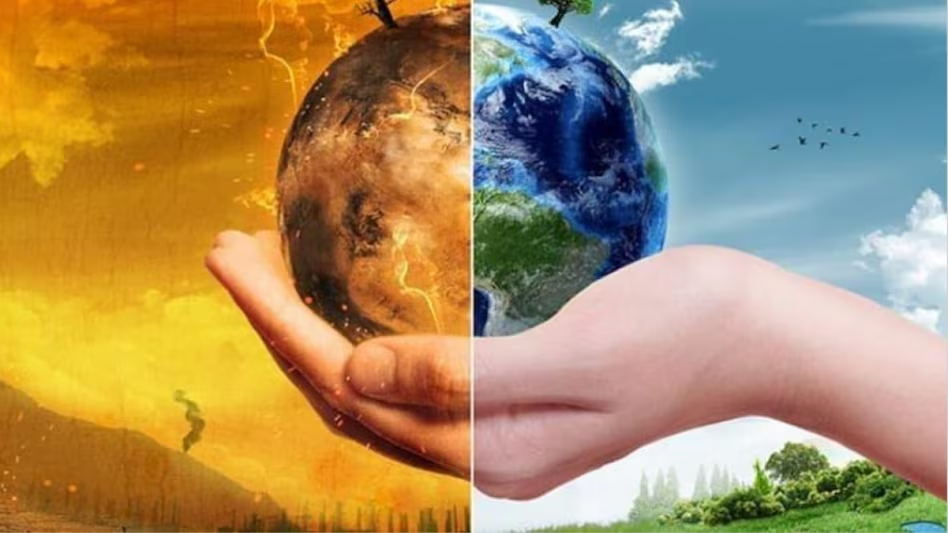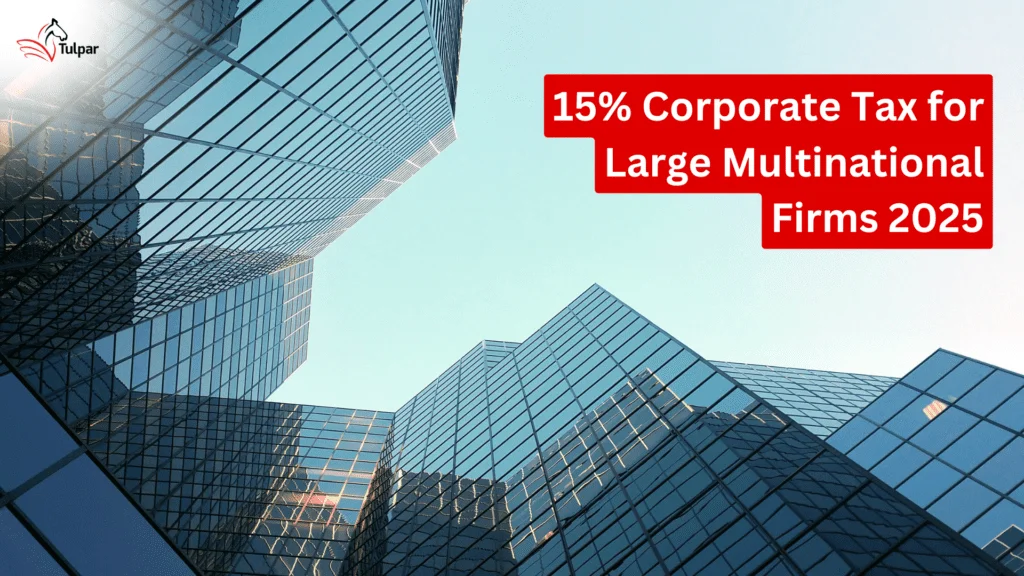Now Reading: New Global Warming Impact Fund Promises Billions to Save Our Planet!
-
01
New Global Warming Impact Fund Promises Billions to Save Our Planet!
New Global Warming Impact Fund Promises Billions to Save Our Planet!

Table of Contents
In a world grappling with extreme weather, rising sea levels, and frequent climate disasters, the launch of the Global Warming Impact Fund (GWIF) is a fresh and bold move aimed at reducing the dangers of climate change. Experts believe that this fund could make a significant difference in the global battle against global warming, especially for countries and communities most affected by the environmental crisis.
But what exactly is this fund, why is it important, and how will it work? Let’s break it down in simple terms.
What is the Global Warming Impact Fund?

The Global Warming Impact Fund is a new financial program designed to help countries reduce greenhouse gas emissions and adapt to the effects of global warming. It brings together money from governments, private investors, and global organizations to support clean energy projects, reforestation, disaster preparedness, and climate-friendly technologies.
The fund’s main aim is twofold:
- Reduce Carbon Emissions: Support green energy (like solar, wind, and hydro) to cut down on the carbon released into the atmosphere.
- Help Vulnerable Countries: Provide financial help to poorer nations dealing with floods, droughts, hurricanes, and other climate-related disasters.
This fund is expected to raise and distribute $100 billion or more every year in the coming decades.
Why is the Global Warming Impact Fund Important?
According to the United Nations Intergovernmental Panel on Climate Change (IPCC), the world must act fast to limit the global temperature rise to below 1.5°C. If temperatures go beyond this, the risks of droughts, fires, floods, and food shortages will sharply increase.
Unfortunately, many low-income and developing countries do not have the money or technology to protect themselves or shift to clean energy sources. That’s where the Global Warming Impact Fund comes in.
This fund will help bridge the gap between rich and poor countries, making sure that all nations can take part in the fight against climate change—not just the wealthiest ones.
For example:
- Bangladesh, frequently hit by deadly floods, can use the fund for building stronger flood barriers.
- African nations suffering from drought can invest in water conservation systems.
- Small island nations facing sea-level rise can get support to build climate-resilient infrastructure.
Without such support, millions of people may lose their homes, jobs, and access to food and water.
Who Will Contribute to the Fund?
The success of the GWIF depends on who puts money into it. Key contributors are expected to include:
- Wealthy countries such as the United States, United Kingdom, Germany, France, Japan, and Canada.
- Large private companies, especially those in the energy, transportation, and technology sectors.
- Global institutions like the World Bank and the International Monetary Fund (IMF).
These contributors will be urged to fulfill promises made under the Paris Climate Agreement, which included a goal of providing $100 billion per year to support climate action in developing countries.
Some critics argue that past promises have not been fully met, and there is fear that this fund may also fall short unless strong rules and transparency are enforced.
How Will the Fund Be Used?
Experts say the money from the Global Warming Impact Fund will be used for several urgent areas:
- Renewable Energy Projects: Solar farms, wind turbines, and hydroelectric dams to reduce fossil fuel use.
- Climate-Resilient Infrastructure: Stronger buildings, roads, and bridges to withstand floods, storms, and rising seas.
- Reforestation and Conservation: Planting trees and protecting forests, which naturally absorb carbon dioxide.
- Disaster Preparedness: Early warning systems for hurricanes, floods, and heatwaves to save lives.
- Research and Innovation: Developing new green technologies, like carbon capture and storage.
Importantly, some of the money will also support local communities, making sure that small farmers, fishermen, and other vulnerable groups get help to adjust to changing weather patterns.
What Challenges Could the Fund Face?

While the GWIF is seen as a positive move, it is not without challenges:
- Lack of Trust: Some developing countries fear they may not receive the promised funds or that rich countries will set too many conditions.
- Corruption Risks: Without strong checks, the money could be misused by dishonest leaders or companies.
- Slow Decision-Making: Global agreements often move slowly, and climate change needs fast action.
Still, if managed well, experts say the fund could be one of the most powerful tools yet to reduce global warming’s impact.
What Does This Mean for Ordinary People?
Even though the Global Warming Impact Fund is aimed at governments and big projects, its effects could reach all of us.
- It could lead to cheaper and cleaner energy, like solar panels on homes or electric buses in cities.
- It may reduce the damage and costs caused by disasters like floods, fires, or droughts.
- It will also create new green jobs in industries like renewable energy, conservation, and construction.
Final Thoughts: A Hopeful Step Forward
The Global Warming Impact Fund is not a magic solution, but it is a much-needed push towards solving the world’s biggest environmental crisis. With enough money, fair rules, and strong leadership, this fund could protect millions of lives, boost the global economy, and give future generations a safer planet to call home.
For now, all eyes are on the world’s leaders to see whether they will back their climate promises with real action—and real money.
Read More:- Shobha Realty Launches Its Most Luxurious Project Yet—Full Details Inside 2025





















